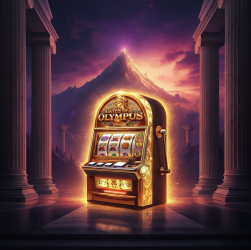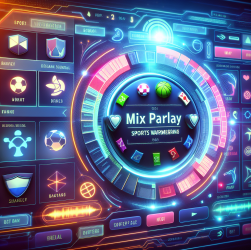Jika Anda sedang mencari cara untuk menghilangkan rasa bosan, situs maxslot88 menyediakan permainan slot Rainbow Gold dari Pragmatic Play bisa …


ativanshop.com – Berita Aktual Terpercaya
ativanshop.com

ativanshop.com

Jika Anda sedang mencari cara untuk menghilangkan rasa bosan, situs maxslot88 menyediakan permainan slot Rainbow Gold dari Pragmatic Play bisa …

Esports telah menjadi fenomena global yang tidak hanya menarik perhatian penggemar game, tetapi juga menjadi ajang kompetisi yang sangat serius. …

Manado, ibu kota provinsi Sulawesi Utara, tidak hanya terkenal dengan keindahan alamnya yang memukau, tetapi juga dengan kekayaan budaya dan …

Industri judi online semakin berkembang pesat, terutama dengan meningkatnya minat para pemain yang mencari pengalaman bermain yang lebih menguntungkan dan …

Popularitas slot online terus meningkat, dan salah satu game yang paling mencuri perhatian adalah Gates of Olympus. Game yang dikembangkan …

Memilih Permainan slot online telah menjadi salah satu permainan kasino paling populer di dunia maya, menawarkan kesenangan, hiburan, dan …

Permainan poker online adalah salah satu jenis judi yang paling populer di kalangan pemain saat ini. Selain seru dan menantang, …

Dalam dunia perjudian online, istilah situs slot gacor sudah tidak asing lagi di kalangan pemain slot. Tapi, apa sebenarnya arti …

Dalam dunia taruhan olahraga, situs taruhan Mix Parlay dan agen judi bola Sbobet online menjadi pilihan utama bagi para pecinta …

Di dunia perjudian online, slot menjadi salah satu pilihan favorit bagi banyak pemain. Salah satu permainan yang tengah populer adalah …

Playoffs Mobile Legends Professional League (MPL) Season 14 telah menjadi sorotan utama bagi para penggemar esports di seluruh Asia Tenggara. …

Gunung Fuji, atau Fujisan dalam bahasa Jepang, adalah gunung tertinggi di Jepang dengan ketinggian 3.776 meter. Terletak di perbatasan Prefektur …